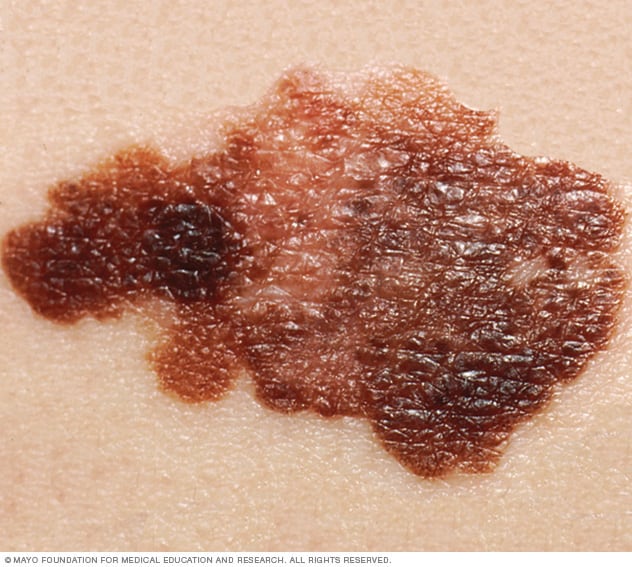Skin Cancer Overview

WHY TREAT SKIN CANCER
Early detection and treatment of any form of skin cancer is essential both to prevent the disease from spreading to other areas of the body and to achieving better outcomes.
Research has shown that most skin cancers are detected by patients rather than doctors. Learning how to examine your own skin and allowing your physician to periodically help can promote skin health and also can dramatically reduce your risks of having significant problems with skin cancer.
Other kinds of cancer that may affect the skin include cutaneous T-cell lymphoma, a cancer of the lymph system, and Kaposi's sarcoma. Cancers that start in other parts of the body may also spread (metastasize) to the skin.
WHAT YOU NEED TO KNOW
There are many different kinds of skin cancers, with each type being distinguished by the types of skin cells that are primarily affected. The three most common forms of skin cancer are:
Basal cell carcinoma (BCC). The most common skin cancer and the most frequent cancer in humans, BCC affects more than 1 million people each year in the United States. BCC develops in the basal cells that make up the deepest layer of the epidermis, the top layer of the skin. BCC may appear as a shiny, translucent or pearly bump; a sore that does not heal; a pink, slightly elevated growth; a reddish irritated patch of skin; or a waxy scar-like lesion. It is most commonly found on skin that has been chronically exposed to the sun, such as the face, ears, scalp, chest and back. Early diagnosis and treatment can prevent damage to surrounding tissue.
Squamous cell carcinoma (SCC). This cancer begins in the squamous cells, which also are found in the upper layer of the skin. More than 200,000 cases are reported each year in the United States. SCC may appear as a crusted or scaly area of skin with a red, inflamed base that resembles a growing bump, a non-healing ulcer or a crusted patch of skin. While it usually appears on areas of the body that frequently are exposed to the sun, SCC can develop anywhere, including areas that never typically receive sunlight. SCC requires early treatment to prevent it from causing damage to surrounding body features and from spreading to other areas of the body.
Melanoma. This cancer begins in the melanocytes, the cells that provide the skin’s color. Melanoma is one of the deadliest forms of skin cancer because it can spread rapidly inside the body. Approximately one American dies from melanoma every hour. With early detection and proper treatment, most melanomas are easily cured with minor surgical procedures. Once melanoma leaves the skin and spreads inside the body, the cure rates drop dramatically.


